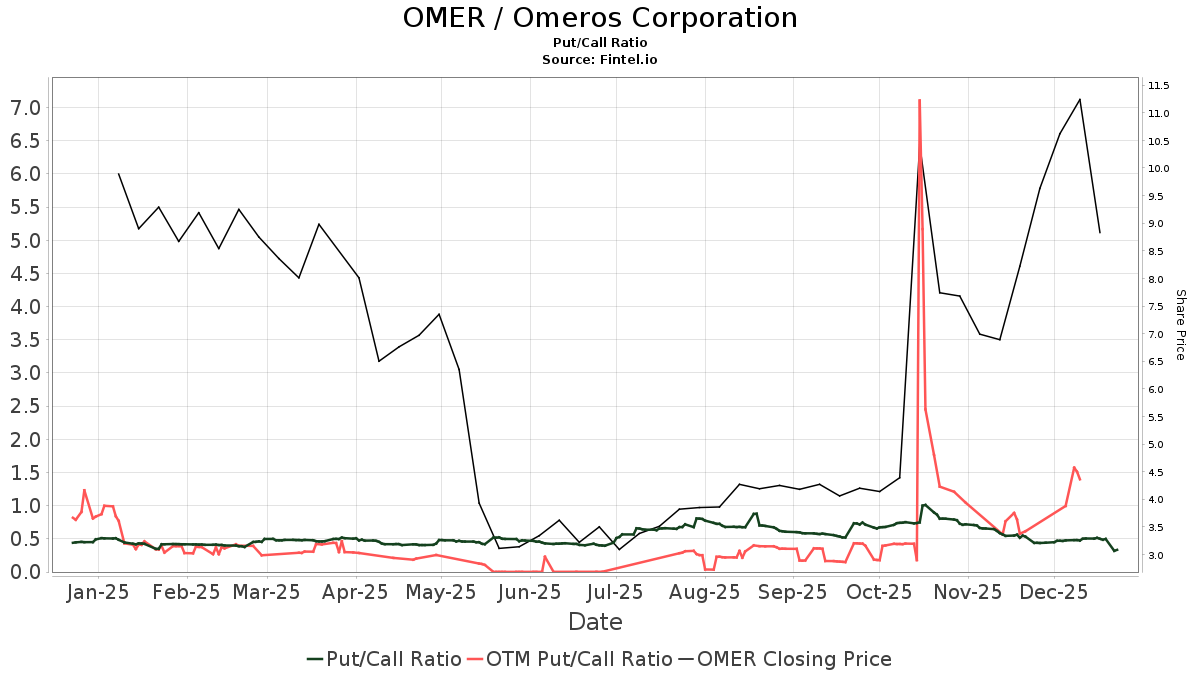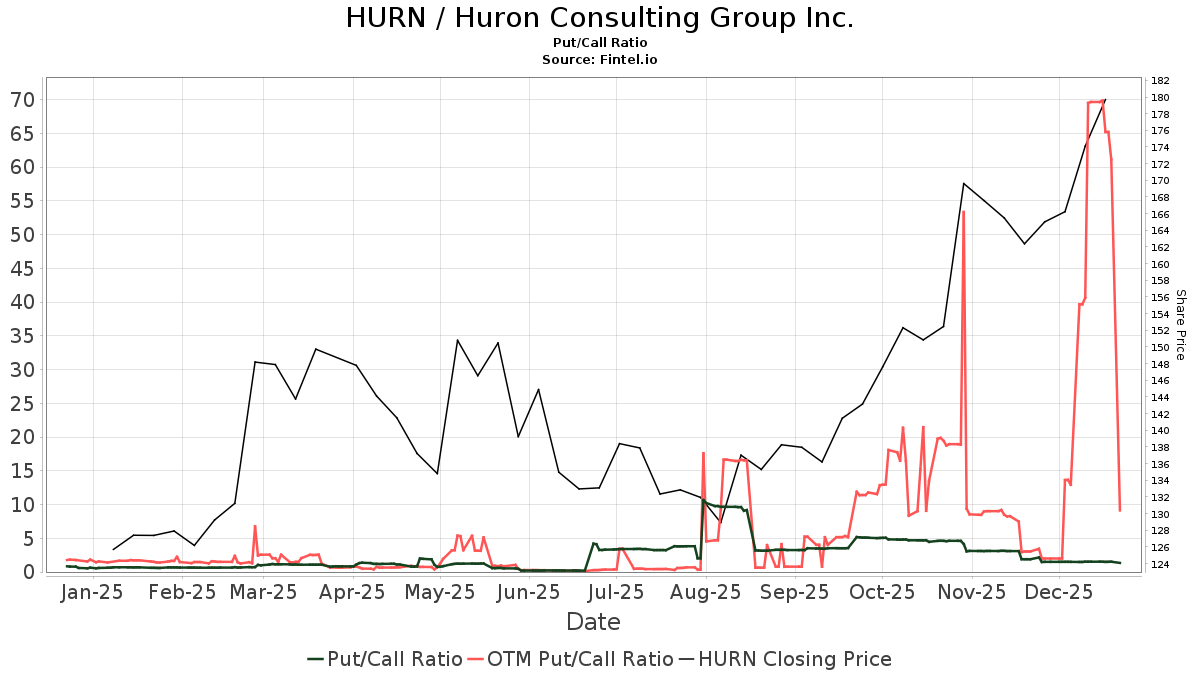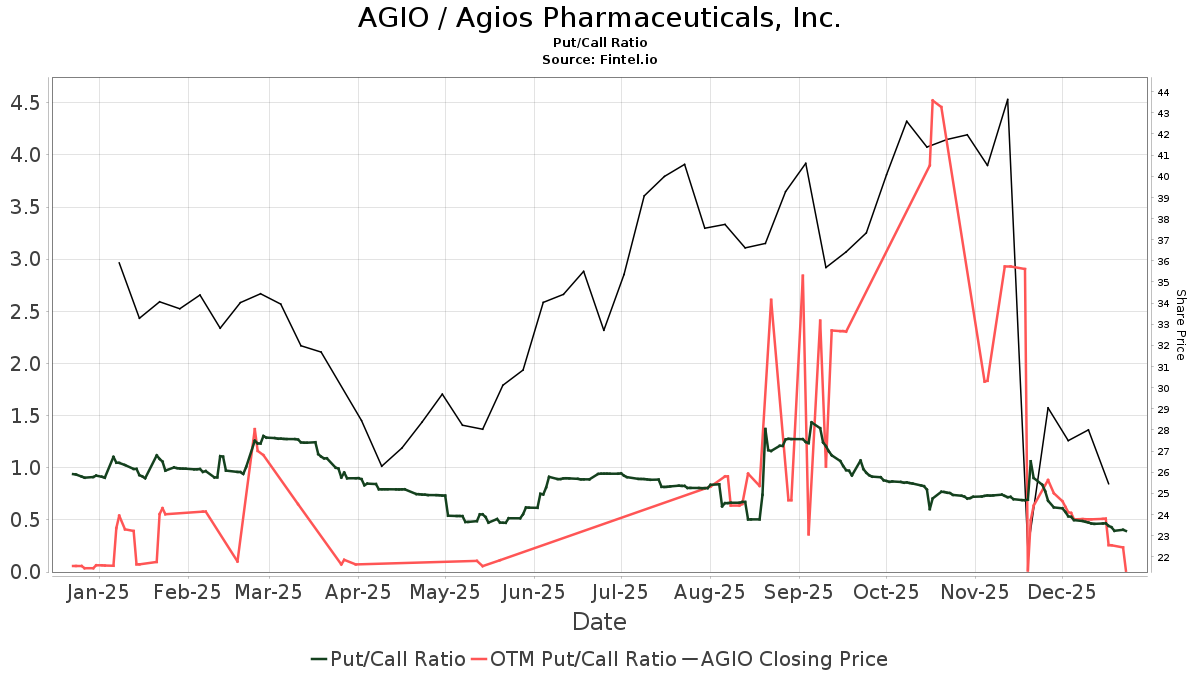
AT&T stock (NYSE:T) maintains its perch as a highly coveted investment on Seeking Alpha. This is mostly due to the allure of its seemingly well-covered high yield, a relatively stable and defensive business model, and a stock price that appears cheap. To add to the allure, the widely respected hedge fund Bridgewater Associates, led by the legendary billionaire investor Ray Dalio, recently acquired a stake in the stock, further boosting the bullish consensus behind it.
That being said, I believe that Mr. Dalio’s firm is mistaken to be bullish on T, and income investors should look at alternative high-yield stocks for their long-term dividend income needs. In this article, I will delve into why and propose two alternative high-yield stocks that appear much more attractive than T currently.
Disputing Ray Dalio And Bulls’ View on T Stock
As we discussed in a recent article, a dividend stock should pass four key tests before it can earn a spot in a portfolio:
- a defensive and durable business model
- a strong balance sheet
- a safe and growing dividend payout
- high enough current dividend yield.
However, when assessing T stock against these criteria, the company falls short in several respects, and therefore I believe that Ray Dalio and other bullish investors are mistaken to be purchasing shares.
Regarding a defensive and durable business model, T, despite its vast operations in telecommunications and its long-standing track record in the sector, finds itself in a vulnerable position today. The telecom industry, characterized by intense competition and a continuous demand for high capital expenditures, does not provide the same level of durability and predictability as other more defensive sectors, such as utilities. AT&T’s substantial investments in infrastructure and acquisitions over the years have burdened it with heavy debt, with minimal revenue and earnings growth. Moreover, the mere speculation of Amazon entering the business sent T’s stock plummeting, further highlighting the fragility of its business model.
With its capital-intensive and competitive nature, T is locked in a cycle of straining its balance sheet with debt and capital expenditure, while generating very low returns on those investments. This is not a promising combination for sustainable and dependable long-term dividend growth.
Turning to its balance sheet, T bears a massive debt load due to costly capital expenditures and acquisitions that have failed to deliver commensurate revenue and EBITDA growth over the past decade. With interest rates rising and high competition and capital expenditure demands in the telecommunications space, T’s high debt level puts a significant strain on the company’s balance sheet, leading to a recent dividend cut and continued prioritization of debt reduction over dividend growth. Consequently, shareholders are unlikely to see much in the way of capital return growth in the foreseeable future, limiting total returns.
This leads us to the third test for a good dividend stock: a safe and growing dividend payout. T falls short here, with minimal dividend growth likely until management successfully reduces its heavy debt burden and meets significant capital expenditure demands. Wall Street analysts also foresee meager dividend per share CAGR through 2027, indicating a loss of purchasing power to inflation. Additionally, concerns over a lingering investigation into T’s responsibility for toxic lead cabling and its impact on the dividend cast doubt on the safety and growth potential of T’s dividend payout.
Finally, despite T’s impressive current dividend yield (6.5%) compared to the S&P 500’s meager 1.4%, it is less remarkable when compared to its historical average yield of 6.78%, even with substantial interest rate increases over the same period. Coupled with an EV/EBITDA multiple in line with its historical average and facing growth headwinds, T’s dividend appears less impressive, and the stock’s total return prospects seem weak.
Two Secure High-Yield Stocks To Consider
The good news is that investors need not settle for mediocre total returns and relatively high risk with a consistently underperforming stock like T. Instead, consider investments in Enterprise Products Partners stock (EPD) and W. P. Carey stock (WPC), which fulfill each of the four tests for a good dividend stock with flying colors.
EPD’s diversified business model across various segments of the midstream energy sector and geographic presence ensures it is not overly reliant on any single commodity or region. Its strategic asset positioning, lengthy and commodity price immune contract terms, and the essential nature of its services provide stability even in challenging market conditions.
Fortress Balance Sheets and Dividends: EPD and WPC Offer Investors a Safe Haven
Enterprise Products Partners (EPD) and WP Carey (WPC) are standing tall amidst the financial landscape like two unyielding fortresses. With the fortitude of their balance sheets and the resilience of their dividend growth, these companies offer investors a safe haven in an uncertain market.
EPD: A Fortress in the Energy Industry
EPD has weathered the storms of the energy industry with an indomitable spirit. The company has a remarkable track record of steadily increasing its distribution over the past twenty-five years, demonstrating unwavering stability amidst market fluctuations. Its business model, bolstered by a robust balance sheet and ongoing growth projects, is as durable as steel.
The fortification of EPD’s financial position is evident in its industry-leading A- credit rating, ensuring a sturdy foundation. Additionally, its average debt maturity of nearly 20 years provides long-term stability, while a substantial portion of its debt is locked in at fixed rates for over 30 years, acting as an impregnable shield against interest rate volatility.
With $4 billion in liquidity and a conservative leverage ratio of 3.0x, EPD stands as a bastion of financial strength. The company’s current distribution yield of 7.7% and an EV/EBITDA multiple of 9.29x, which is at a meaningful discount to its historical average, make it an attractive prospect for investors seeking stable returns.
WPC: A Citadel in Real Estate
In the realm of real estate investment, WP Carey (WPC) stands as an unassailable fortress, fortified by strategic diversification and prudent financial management. The company’s recent transition from office real estate assets to industrial and warehouse properties signifies a forward-thinking approach, solidifying its defense against market disruptions.
WPC’s balance sheet fortitude is underscored by its significant liquidity and BBB+ credit rating, providing a rock-solid foundation for future growth. The company’s exposure to CPI-linked leases acts as a shield against the impact of rising interest rates, offering a unique and invaluable defense.
Despite a recent dividend cut due to its departure from the office sector, WPC is poised for a resilient comeback. With a projected payout ratio below 80% and a stable cash flow profile, the company maintains a strong foothold in the realm of dividend stocks.
Investor Takeaway: Seeking Shelter in Quality Stocks
In a market laden with heavy debt loads and weak growth prospects, the allure of high dividend yields may seem enticing. However, discerning investors seek quality over immediate gains. EPD and WPC stand as prime examples of companies offering a sanctuary amidst the tumultuous financial landscape.







